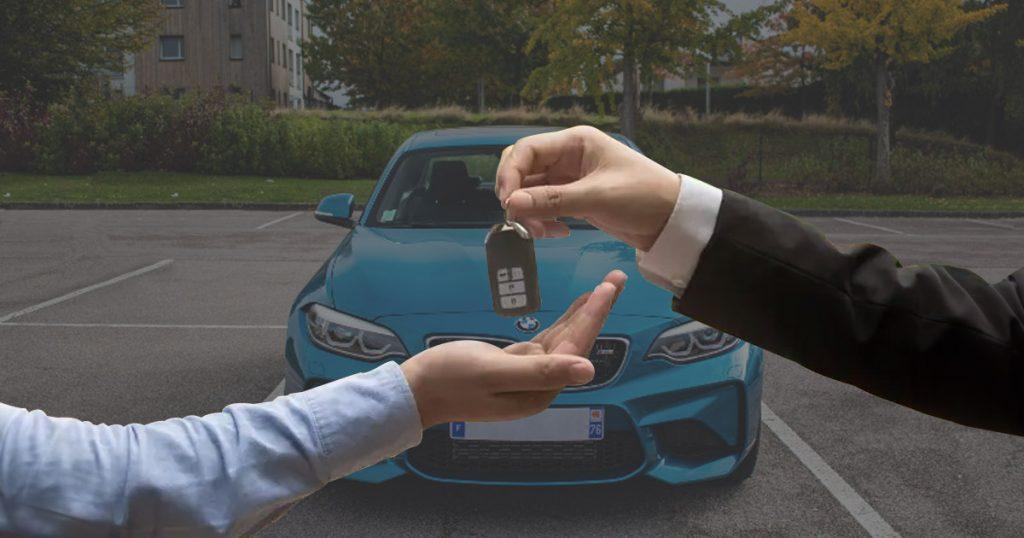Leasing a car is often an affordable way to drive a new vehicle, with lower monthly payments and fewer costs like repairs, which are mostly covered by the dealer. However, to benefit from these lower payments, you need good credit, as leasing with bad credit can be more difficult. However, you can still lease a car with bad credit, with risks and drawbacks.
What credit score do you need to lease a car?
When leasing a car, your credit score is crucial. Dealers offer better rates to those with good scores and might not lease to those with very low scores. Credit scores needed to lease vary, but a score between 661 and 780 is considered prime and gets the best offers. Scores between 601 and 660 are non-prime, and 501 to 600 are subprime.
A higher score means better offers, but even with lower scores, you can get a lease if you have a stable income, good employment history, and manageable debt. As of 2023, the average credit score for leasing was 736. With low scores, you might need a bigger down payment or face higher monthly payments.
Drawbacks of Leasing a Car with Bad Credit
Improving your credit score is always helpful, but you might still lease a car before your score gets better. Just keep in mind that you might face some challenges.
Higher Costs
With a low credit score, you might need to do extra to qualify for a car lease. The dealership could require a bigger down payment and might offer a lease with a higher interest rate, called a money factor. This could make your monthly payments more expensive than you can afford.
Some Restrictions
If you have bad credit, dealers might limit you to leasing cars within a specific price range. Some dealerships might not lease to you at all. It’s a good idea to check with multiple dealerships to see who is willing to work with your credit situation.
No Equity
When you lease a car, you don’t build any equity, so at the end of the lease, you won’t have a trade-in value or extra money to help with buying or leasing another car. This is true for all leases. If your monthly payments are high, it might be hard to save enough for another lease when the current one ends.
How to Lease a Car with Bad Credit
You can improve your chances of getting approved for a car lease with a few simple strategies. Try one or more of these methods to boost your chances:
Make a Larger Down Payment
If you can make a larger down payment, you’ll lower the total amount you need to lease the car and reduce your monthly payments. However, keep in mind that many leasing companies limit how much you can lower the lease amount with an upfront payment. It’s a good idea to ask about these limits when negotiating your lease.
Get a Co-Signer
Adding a co-signer to your lease can give the dealership extra confidence in your ability to make payments. Choose a family member or a trusted friend who has better credit than you. This can improve your chances of getting approved and might even get you a better lease deal. Just make sure the co-signer understands that they are responsible for the lease if you can’t make the payments.
Make Comparisons
When leasing a car, it’s smart to shop around at several dealerships to compare lease offers and find the best rate, just like you would when buying a car. After finding a lease that suits your needs, you might also want to negotiate the mileage limits to ensure they match your driving habits. This way, you can avoid extra charges for exceeding the limit.
Some Alternatives to Leasing a Car Even with Bad Credit
If it’s hard to get a lease with bad credit or you want to lease a car but have no cosigner, there are other ways to get a new car. You could:
Consider Leasing a Used Car
If you have a mixed credit history, it might be easier to get a loan for a lower-priced used car than to lease a brand-new one. You can also explore leasing options for pre-owned vehicles by checking out different dealerships. This way, you might find a deal that fits your budget and credit situation.
In-House Financing
Certain car dealerships have finance departments that provide “lease here, pay here” options for older used cars. With these lease deals, you might have to pay higher monthly payments, and they typically don’t include maintenance or repair coverage. Before signing any agreements, make sure to carefully read all disclosures to understand the terms and conditions. This way, you can make an informed decision that suits your needs and budget.
Lease Swapping
If you have a credit score similar to the person currently leasing a car, you might consider taking over their lease, which is also called a lease swap. This means you agree to fulfill the remaining balance and terms of the lease they originally signed. It’s like stepping into their shoes for the remainder of the lease period. Make sure to carefully review the terms of the existing lease to ensure it suits your needs and financial situation before taking over.
Lease a New Car with Bad Credit
Whether you’re considering making a larger down payment, finding a co-signer, or shopping around for the best lease offers, there are strategies to help you lease a car with less-than-perfect credit. Remember to compare deals, negotiate terms, and read the fine print to ensure you’re making the best decision for your situation. And if leasing isn’t the right fit, don’t worry—there are alternative options like leasing a used car, exploring in-house financing, or considering a lease swap.
